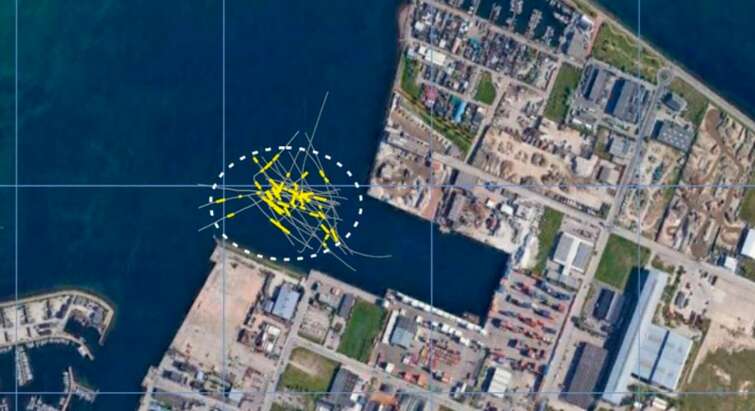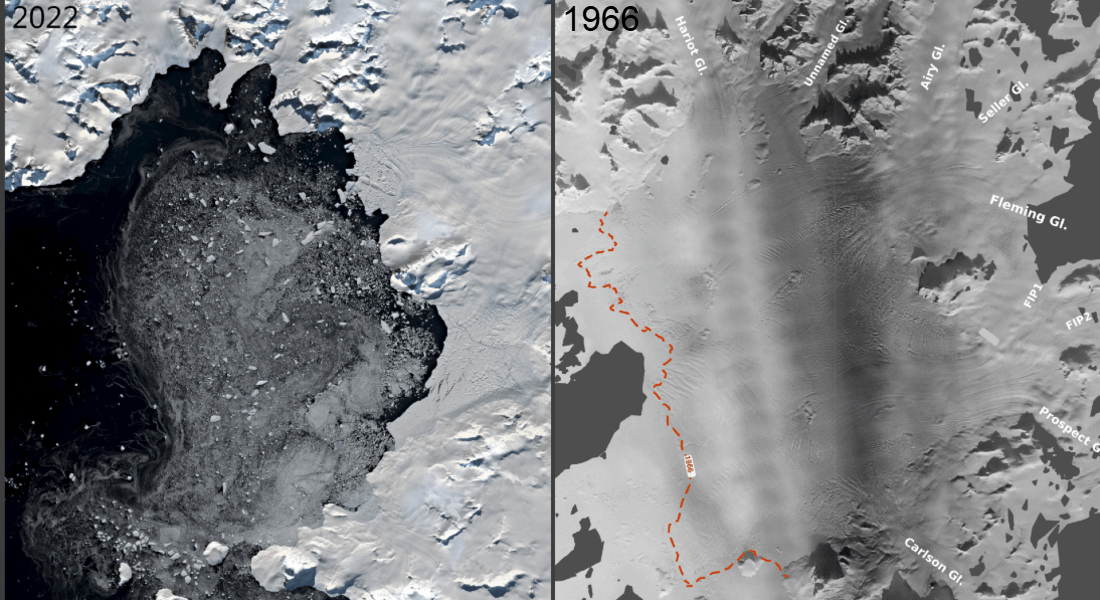
News about Geology
Viser 1 til 13 af 13 dokumenter.


New geological study: Scandinavia was born in Greenland
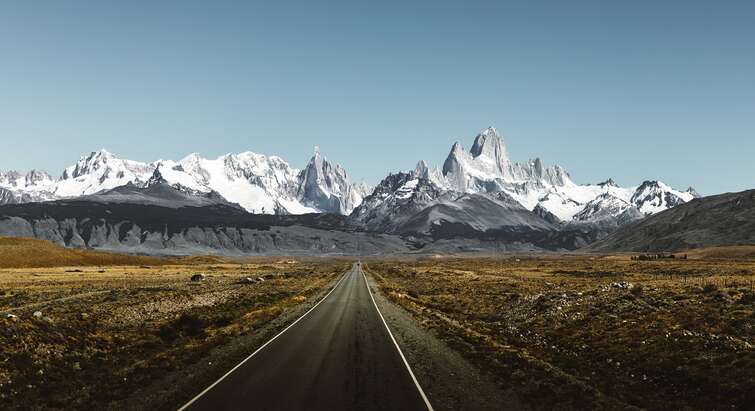
How did the Andes Mountains get so huge? A new geological research method may hold the answer

New department head at Geosciences and Natural Resource Management
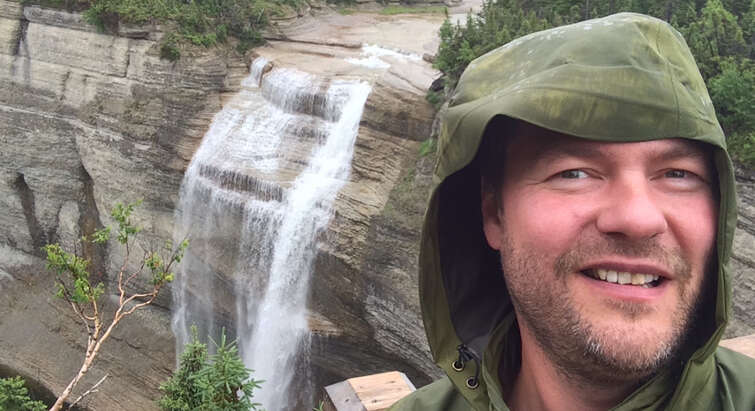
Danmarks Geologipris goes to Globe researcher

New PhD Thesis

DKK 20 million from the A.P. Moller Foundation to the green transition

Early forests did not change the atmospheric CO2 level very much
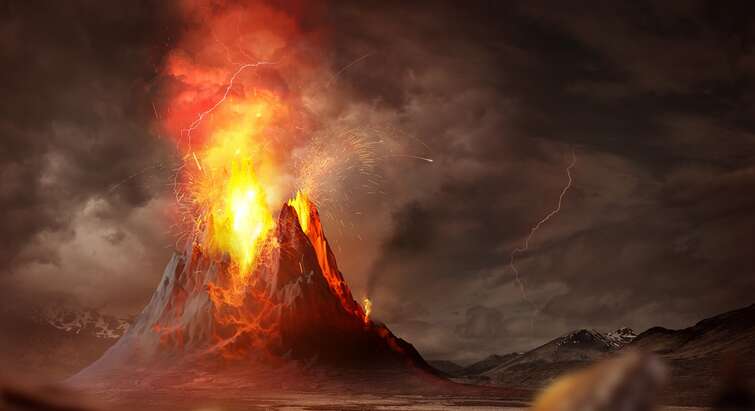
Ancient ice reveals scores of gigantic volcanic eruptions

Ancient ice reveals scores of gigantic volcanic eruptions
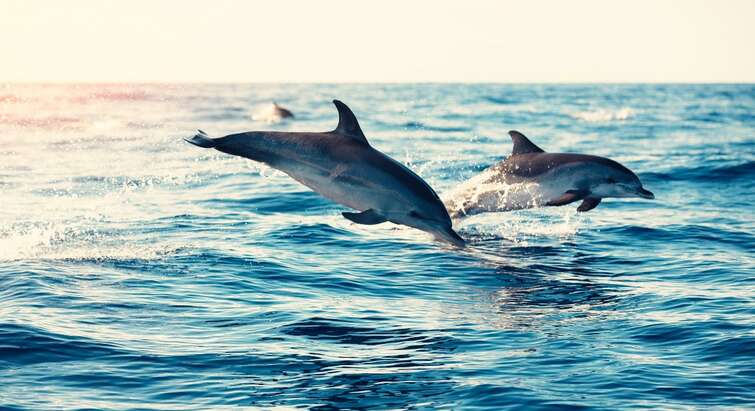
Researchers puncture explanation for largest increase of biodiversity in Earth's history
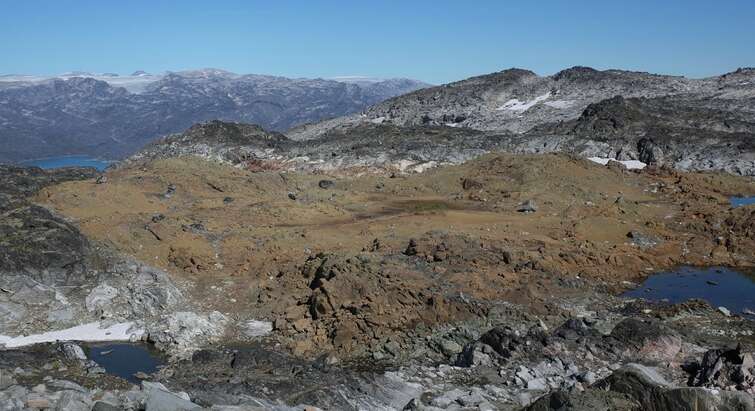
Researchers use diamonds to comprehend the foundation of Earth’s continents: "Without it, humankind wouldn’t exist"
